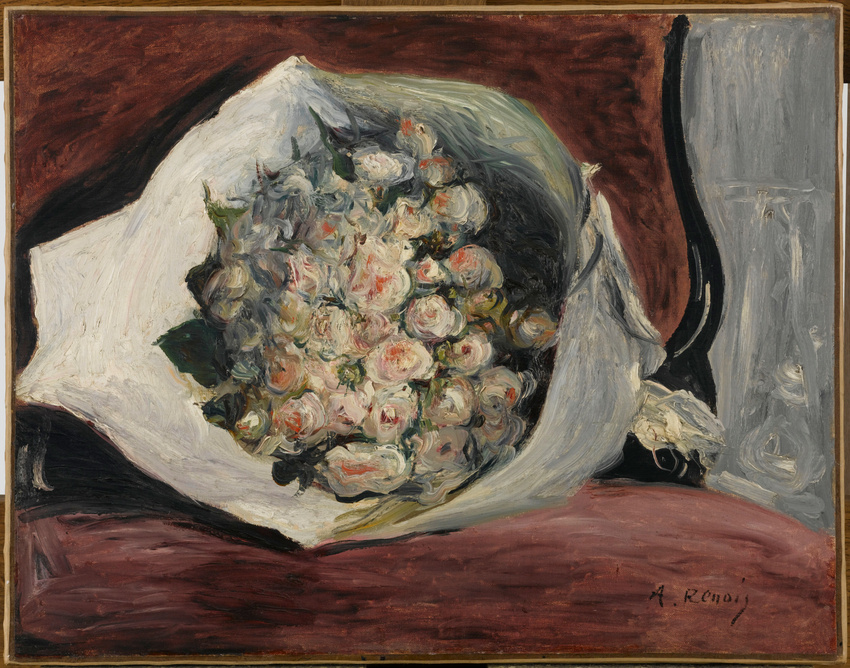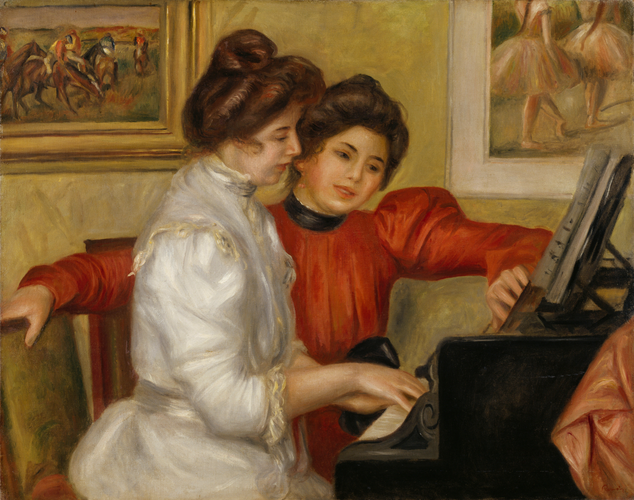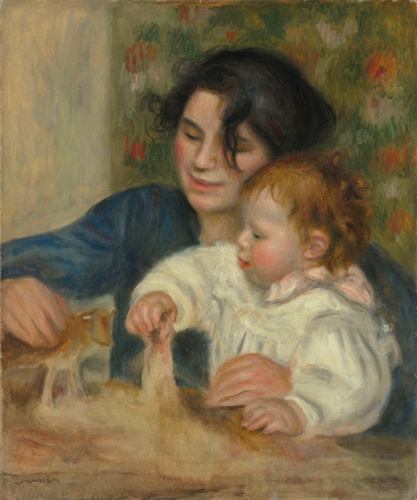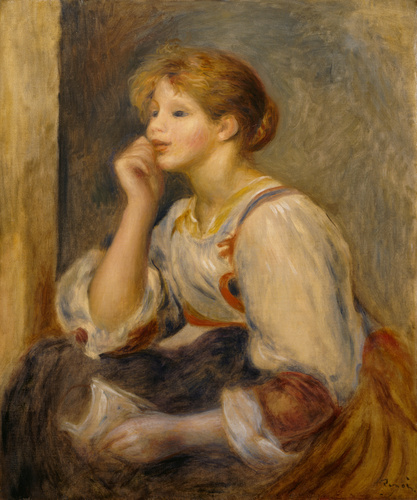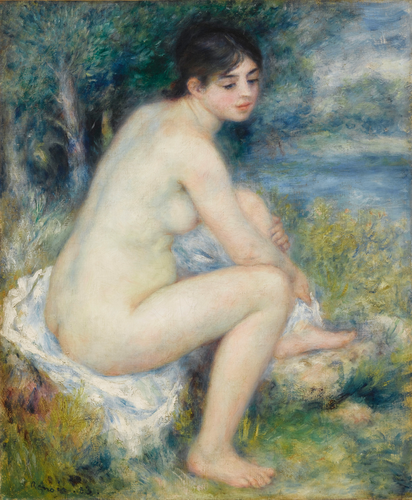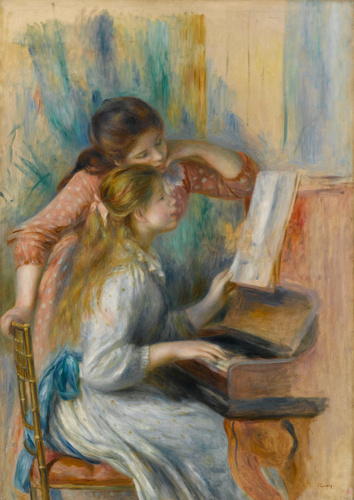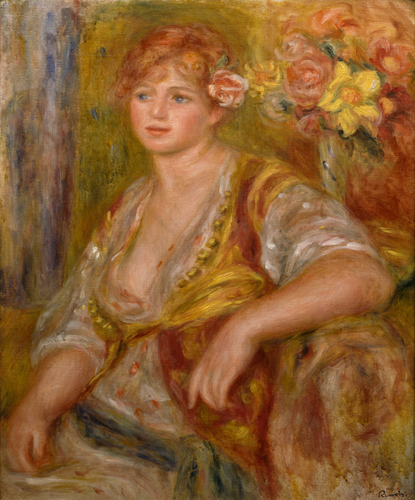-
les Fleurs et les fruits depuis le Romantisme, cat. exp. (Paris, Charpentier, 1942-43), [s.n.], 1944, n° 156, cat. n.p.
-
Hoog, Michel, Impressionistes et Post-impressionistes des musées français de Manet à Matisse, cat. exp. (Tbilissi ; Leningrad, 1981), Tbilissi, Sabchota Sakartielo, 1981, n° 36, n.p., repr.
-
Porzio, Francesco, Chaim Soutine (1893-1943). I dipinti della collezione Castaing, cat. exp. (Milan, Galleria Bergamini di Milano, mars-avril 1987), Milan, Diarte, 1987, repr. n.p.
-
Georgel, Pierre ; Kijima, Shunsuke ; Nagai, Takanori, Chefs-d'oeuvre du musée de l'Orangerie : collection Jean Walter et Paul Guillaume, cat. exp. (Tokyo ; Nagoya ; Hiroshima ; Niigata ; Kyoto, 1998-1999), Tokyo, NTV, 1998, p. 60, 201; repr. coul. p. 60, 61
-
Georgel, Pierre ; Labiau, Jean-Pierre, De Renoir à Picasso : chefs d'oeuvre du musée de l'Orangerie, cat. exp. (Montréal ; Fort Worth, 2000-2001), Montréal, Musée des Beaux-Arts, 2000, n° 2, p. 92, repr. coul. p. 93
-
Weiermair, Peter ; Vitali, Samuel ; Zanetti, Uliana, The Nature of Still Life : from Manet to the Present Day, cat. exp. (Bologne, Galleria d'arte moderna, 2001-2002), Milan, Electa, 2001, n° 5, mentionné p. 28, repr. coul. p. 55
-
Georgel, Pierre ; Rossi, Francesco ; Valagussa, Giovanni, Cézanne Renoir : 30 capolavori dal Musée de l’Orangerie. I”classici” dell ‘Impressionismo dalla collezione Paul Guillaume, cat. exp. (Bergame, Academia Carrara, 2005), Milan, Skira, 2005, s.n., p. 116, repr. coul. p. 117
-
Patry, Sylvie, Renoir : chefs-d'oeuvre des musées d'Orsay et de l'Orangerie, cat. exp.Tokyo, The National Art Center, du 27/04/2016 au 22/08/2016, Tokyo, [s.n.], 2016, p. 156, pl. coul. p. 156
-
Perrin, Paul ; Pludermacher, Isolde ; Bernardi, Claire ; Bozal, Leyre ; Cogeval, Guy ; Jimenez Burillo, Pablo, Renoir entres mujeres : del ideal moderno al ideal clasico, colecciones de los museos d´Orsay y de l´Orangerie, cat. exp. (Barcelone, Fundacion Mapfre, Casa Garriga i Nogués, du 17/09/2016 au 08/01/2017), Barcelone / Paris, Fundacion Mapfre / musées d’Orsay et de l’Orangerie, 2016, n° 35, p. 158, pl. coul. p. 159
-
Cogeval, Guy, Manet e la Parigi Moderna, cat. exp. (Milano, Palazzo Reale, 8 Marza-8 Luglio, 2017), Milan, Skira, 2017, Cat. 22, pl. coul. p; 109
-
Chefs-d'oeuvre du Musée de l'Orangerie, collection Jean Walter et Paul Guillaume, cat. exp. (Yokohama Museum of Art, 21 septembre 2019-13 janvier 2020), Yokohama, Yokohama, Yokohama Museum of Art, 2019, n° 3, p. 44, ill. en coul.
